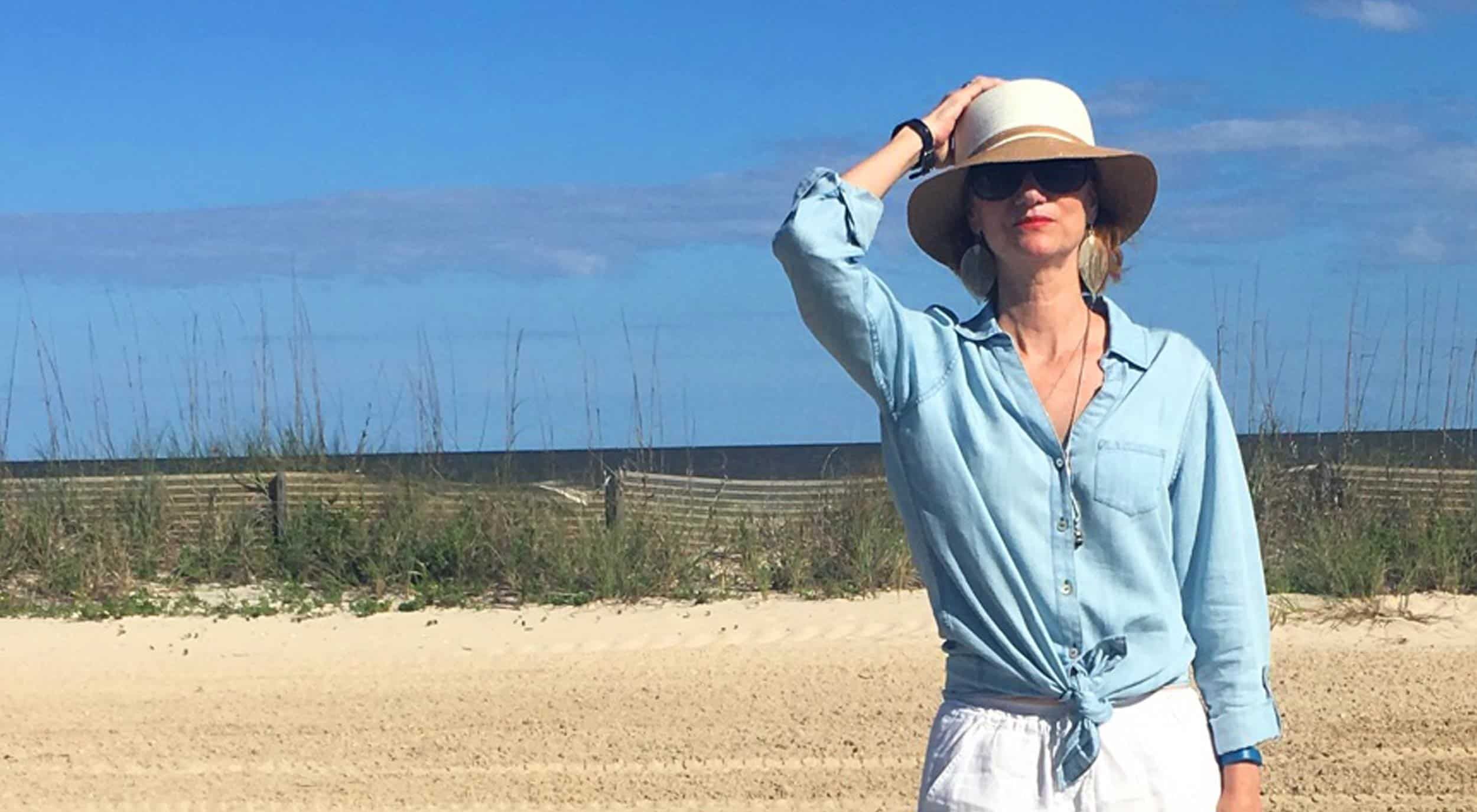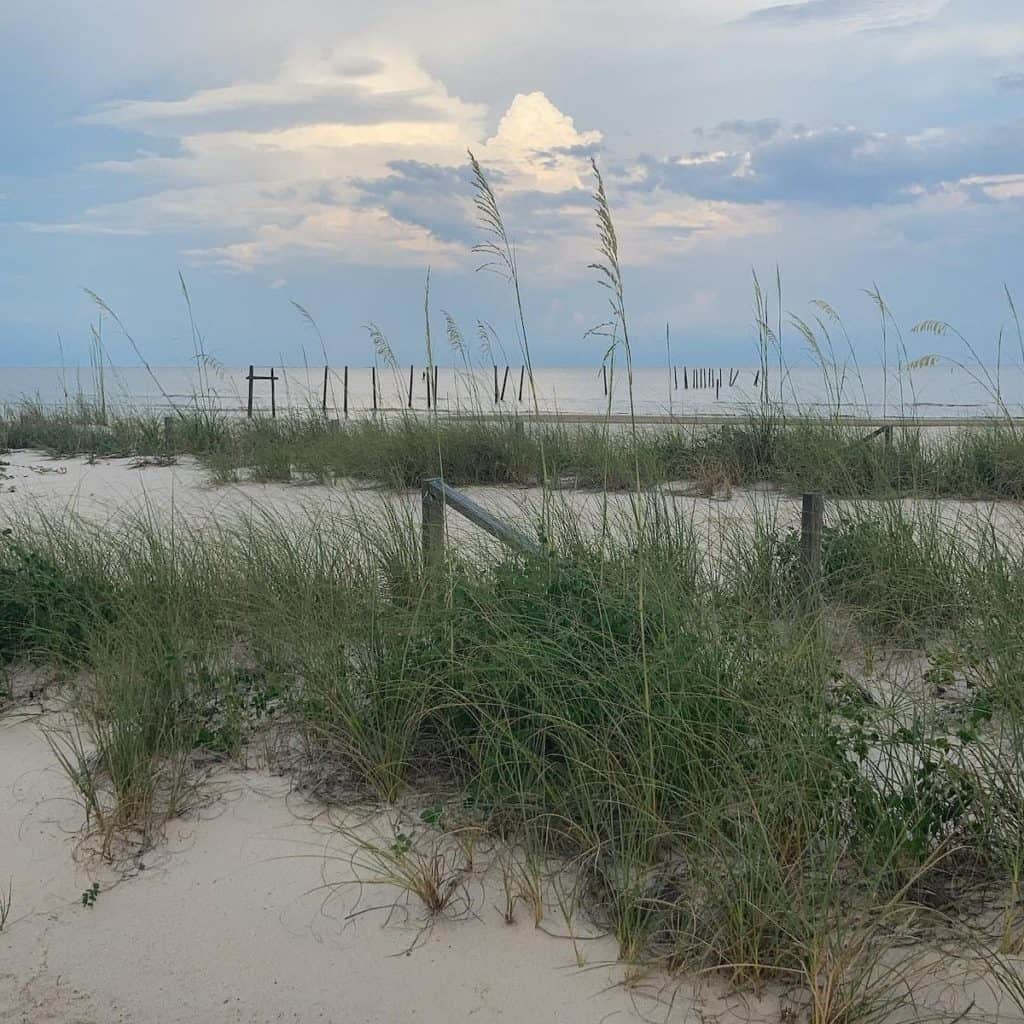
White People’s Fake Fear
One of the major rites of passage in my young life was finally getting old enough to shop with my friends in downtown Jackson. We spent many a Saturday morning planning where we would shop as we walked up and down Capitol Street, the city’s main commercial artery. The plan was to ride the bus from our Belhaven neighborhood to downtown—all by ourselves—then take off shopping. We executed our plan once. We pounded the sidewalk. We hit Woolworths and bought death-defying blue eyeshadow. We slogged home with full shopping bags, having spent maybe $5. Then rumors of war hit.
Oh, wait. It wasn’t war. It was integration.
The “finally old enough” occurred in 1969. In that year, the United States Supreme Court, fifteen years post-Brown v. Board of Education, told Jacksonians to integrate their public schools now, dammit. Come January of 1970, Jackson public schools would desegregate.
That truth made the white adults around me lose their collective minds.
Mother Didn’t Fear
Not my mom. I’m not sure why she didn’t succumb. Maybe because she’d spent ten years out west. Or because her views followed those of her family, who never hopped on the racial hysteria bandwagon. Maybe not having a husband subject to economic pressure helped. Or maybe she just didn’t give a flip. In any event, she wasn’t one of the Chicken Littles claiming the sky was falling. But plenty around me were, and those spinning-out-of-control adults put the kibosh on my Capitol Street shopping trips.
How I Knew the White People’s Fear was Fake
How did I know the adults were purposefully wigging out? How did I know that when they declared the zoo off limits, the library off limits, public parks off limits, they weren’t actually afraid of Black folks? Because I could not square their hysteria with the Black folks I knew.
Mother’s friend, Delores Bradford, was the Mrs. Claus of our lives. Each year, Delores, who was Black, gave us the best Christmas gifts we received. My first set of curlers in their own zippered case. My first tape player singing “Lightning Striking Again.” When I went off to college, Delores gave me a popcorn popper that was the envy of the dorm. After we moved to North Carolina and returned to Jackson for the holidays, we spent every Christmas Eve at Delores’ house. My dad sat on the piano bench sipping whiskey as Delores and Mother visited and we opened our gifts.
Another reason: the family who lived on the property with Mother’s family. The father was my uncle’s best friend. The two men bonded in part, I think, because one had been in the Pacific theatre in WWII, the other at Normandy Beach. The families looked out for one another on the farm. The children kept in touch with my grandmother as they grew up. The family kept in touch even after we moved, after the farm was sold, after the older members began to pass, then even the younger ones. The family, who was African American, did more to continue our friendship than any non-relative family in Jackson.
Neighbors and friends. How could all of a sudden Black folk transform into a danger? They couldn’t.
The Reason for the White People’s Fake Fear
I never blamed integration for killing my Capitol Street shopping trips. I blamed white people’s fake fear. If I’d known the word at the time, I’d have called the fear “affected.” Adopted on purpose and agreed upon, though I didn’t know why. Only much later did I learn the goal of the white people’s fake fear was to excuse their continuing oppression of Black folks.
When people ask me why I feel so strongly about racial justice, I always say, I was raised in Mississippi in the 1960s—how could I not support racial justice? That doesn’t land right with most folks. They expect me to be at best a closet racist and certainly not someone who stumbles toward racial justice. But I saw the contrivance of white fear. It was—and still is—transparently fake.
So, when politicians start whipping white folks into fearing Black folk, pay attention. The white people’s fake fear serves a purpose, and it’s one much more serious than ruining my shopping trips down Capitol Street.

fake fear of integration, Integration in Jackson Mississippi, the politics of white fear, when white folks act afraid, white people's fake fear
Julia coggins
I remember Gogi having to go to st Andrews as my parents didn’t want me to go to segregation schools. One of the best educations I ever got but I am embarrassed I didn’t take the plunge.
Ellen Morris Prewitt
Don’t be embarrassed–children have so little control over our worlds. So many things I wouldn’t have wanted. Being so proud to be in public schools in Charlotte, only to learn the reason we never got bused was because the father of one of my classmates was the head of the school board and he “protected” his son from busing. And I recently learned that Lake Hico where we waterskied in Jackson, which I loved, was “Whites Only” when we were using it! All I can do is keep trying to keep trying.
Joe Hawes
A very telling and important piece of writing. I wanted more ilike this, and I hope there will be more soon. Also I think we white southerners need a lot more serious talk such as this. Thank you for being the tribune of truth that you are and keep the words coming.
Ellen Morris Prewitt
I’m glad you appreciate it, Joe. I see so much of it today, a desire for crime to be a problem, an eagerness for wherever you are to be unsafe, no matter how truly safe it is. The ideology that the world is unsafe so we white folks must do what ever is necessary to protect our world. I’m sure that’s what led me to actually put it onto “paper.”
Joe Hawes
Your choice to be a writer was inspired and we are all better because of your choice. You and folks like Margaret Rinkel are the best hope for overcoming the lies and fear mongering that are plaguing our society.
Ellen Morris Prewitt
So very nice of you. <3
Marie Bailey
Insightful story well told 🙂
Ellen Morris Prewitt
TY! I’ve lived with it for a while!
Marie A Bailey
❤️👍
Joanne Corey
The stoking of fear and/or grievance in these last few years is terrifying. As you note, it’s often to get Whites to fear Blacks, resulting in things like the horrific, supposedly fear-motivated shooting of Ralph Yarl and the fact that it took stops at three other houses and him having to lie down on the ground before a neighbor would call an ambulance. It’s also directed at folks who are seen as “others,” as “not like us,” whether Asian, Latinx, Jews, Muslims, college-educated people, LGBTQ+ people, city-dwellers, or those from a different state/region/political viewpoint. Too often, this fear, whether fake or actual, results in violence for perceived “offenses” as slight as chasing a ball into a neighbor’s yard or driving into the wrong driveway. I don’t know how to help stop it. I try to be calming and even-handed and loving and listening and rational and fact-based in the face of fearful argument but there are fewer and fewer opportunities to even have a conversation.
Ellen Morris Prewitt
I expect your “calming and even-handed and loving and listening and rational and fact-based” presence is as great an antidote as anyone can offer. And you’re right–the stoking of fear can lead to actual, not just fake, fear. I do hope that, like the child claiming the emperor has no clothes, naming it is of some merit. Thank you for adding to the solutions in the world.